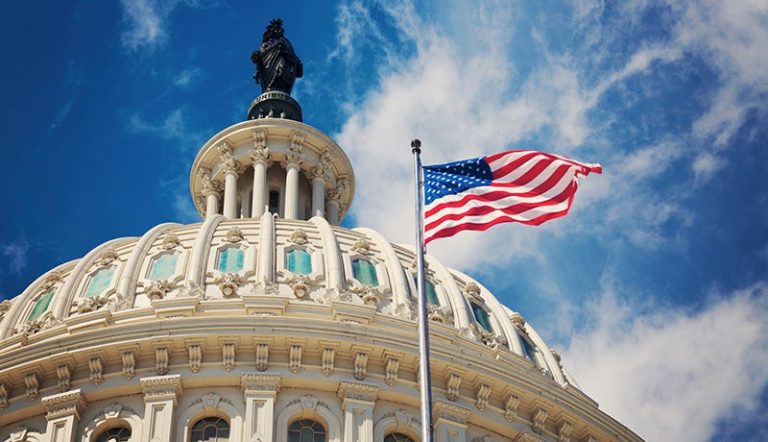For financial firms who rely on government contracted work, complying with the Securities and Exchange Commission (SEC) Pay-to-Play Rule, in addition to any other relevant political contributions compliance ruling, is essential to maintaining your contract and avoiding potential fines, sanctions, lockout periods and, ultimately, loss of revenue.
While the pay-to-play rulings do limit which campaigns your employees can contribute to, it does not completely rule out contributions across the board.
Which is where the political contribution preclearance process comes into play.
The steps to an effective political contributions preclearance process
While your employee political contributions preclearance process may not negate all risk, it will help identify any noncompliant political contributions employees may plan to make, allowing you to reject those requests and keep your firm on solid ground.
In order to maintain an effective preclearance process, we suggest:
- Create thorough policies and procedures.
Your political contributions preclearance process should be based on clear and concise policies and procedures which lay the groundwork for what is and isn’t acceptable for covered associates. Make sure your entire firm is well-versed on these policies and updated on any changes you make year over year.
- Identify who classifies as a covered associate.
Not every member of your firm will need to preclear their political contributions. Identify who your covered associates are and who you will be monitoring and preclearing contributions for. Note, this may be different as some firms will monitor non-covered associates who may transition to a covered position in the future.
- Implement an automated system to help track the preclearance against actual contributions.
Preclearance is only the first step in the political contributions verification process. In order to sufficiently maintain compliance, you must also track actual contributions. Which is where a technology or software can help. Political contribution verification solutions, like the illumis® political contribution compliance platform, gathers data from thousands of public records to track against your employee political contributions preclearances, which allows you to identify if any employees have made contributions without the appropriate preclearance.
The political landscape has evolved and with it has come significantly increased contributions. In order to effectively comply with the SEC’s pay-to-Play rule and avoid penalty, you must monitor, track and verify all political contributions made by employees. And it all starts with preclearance.
